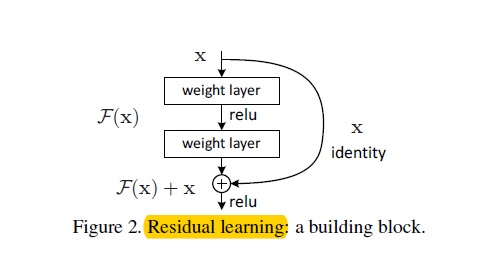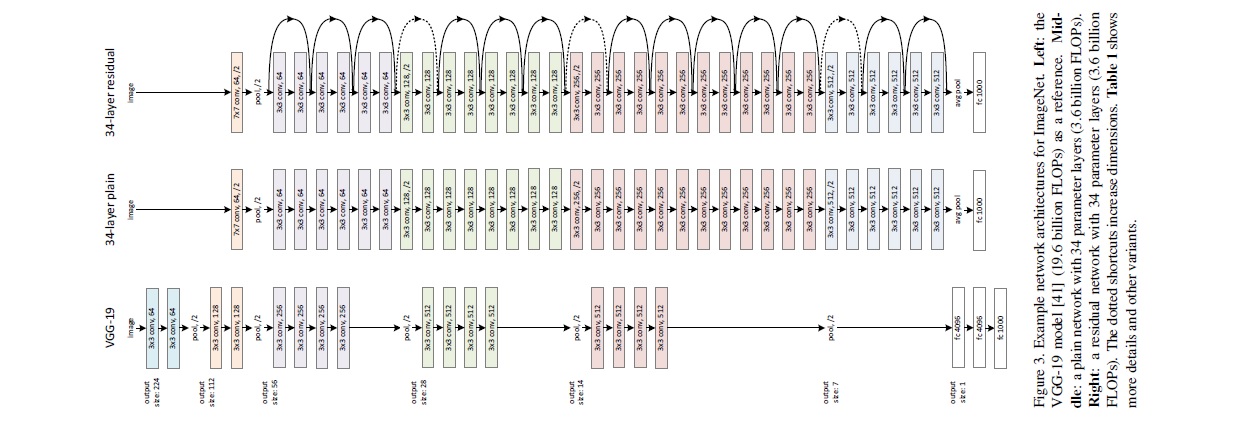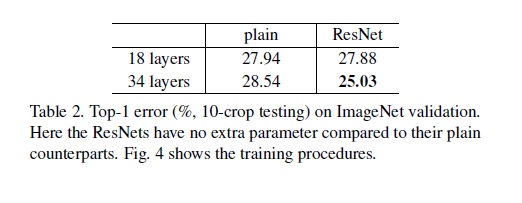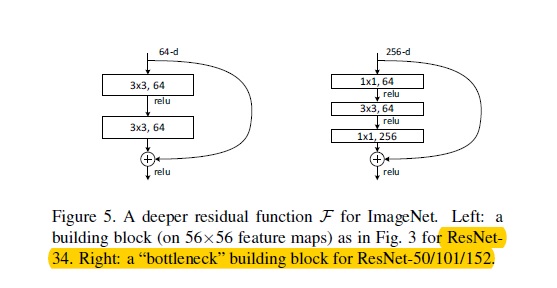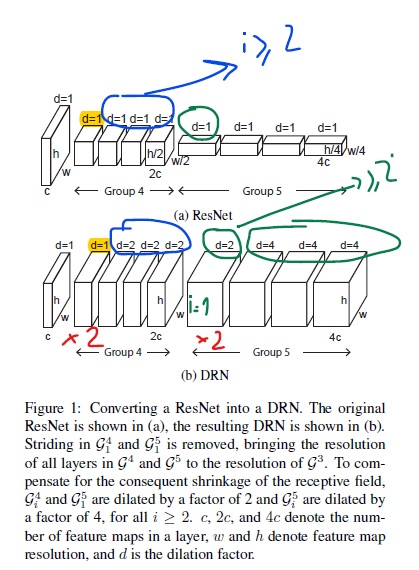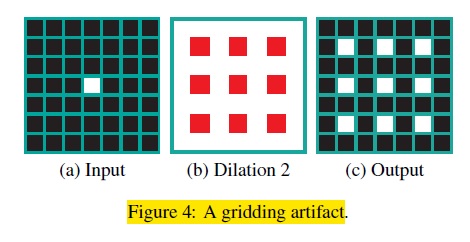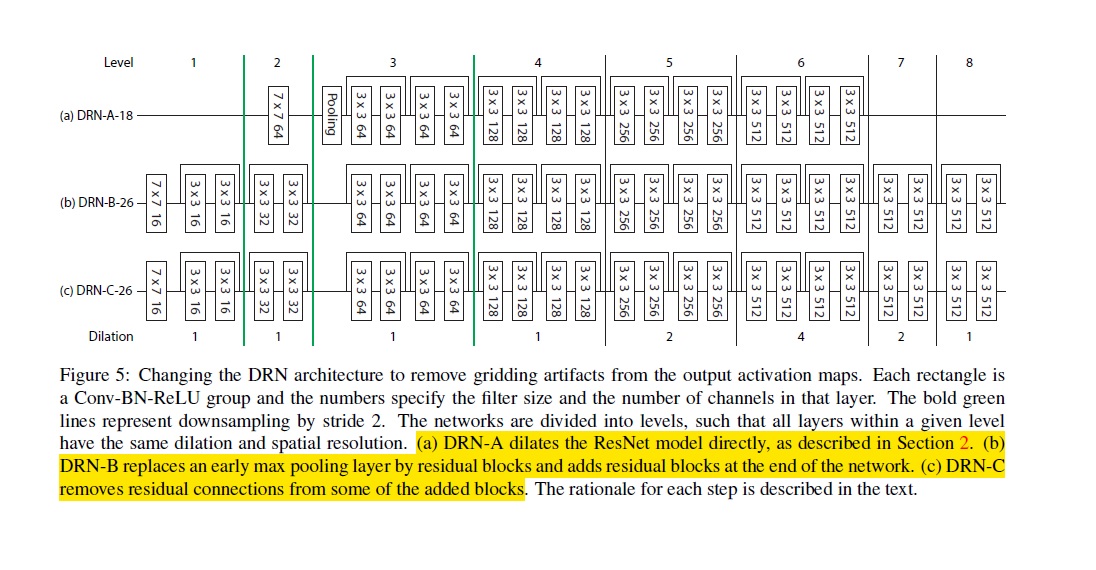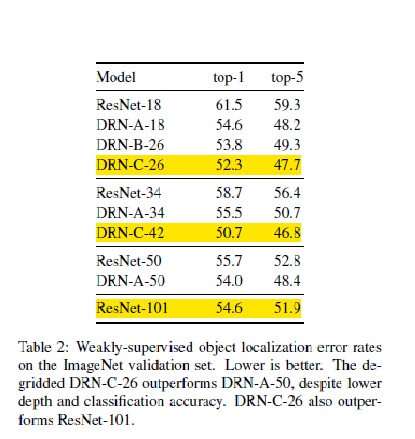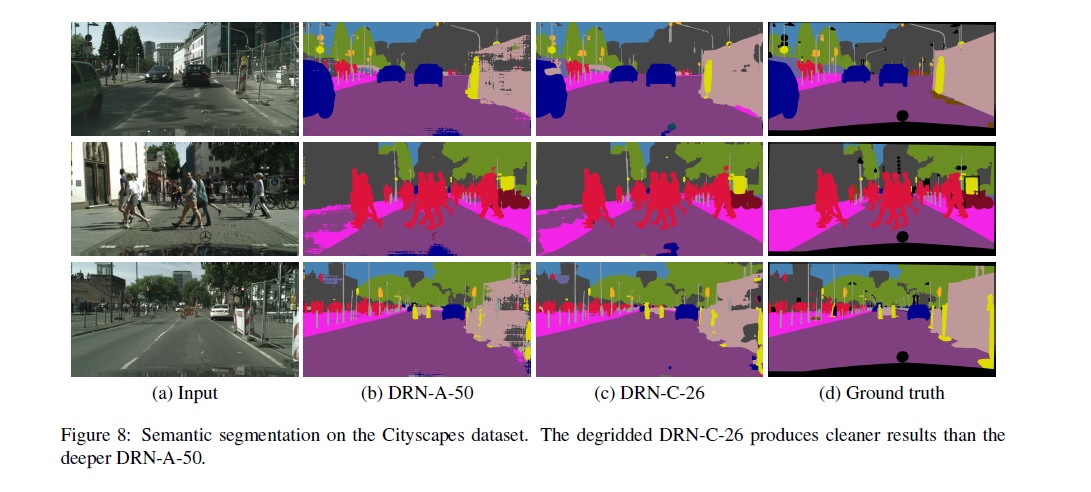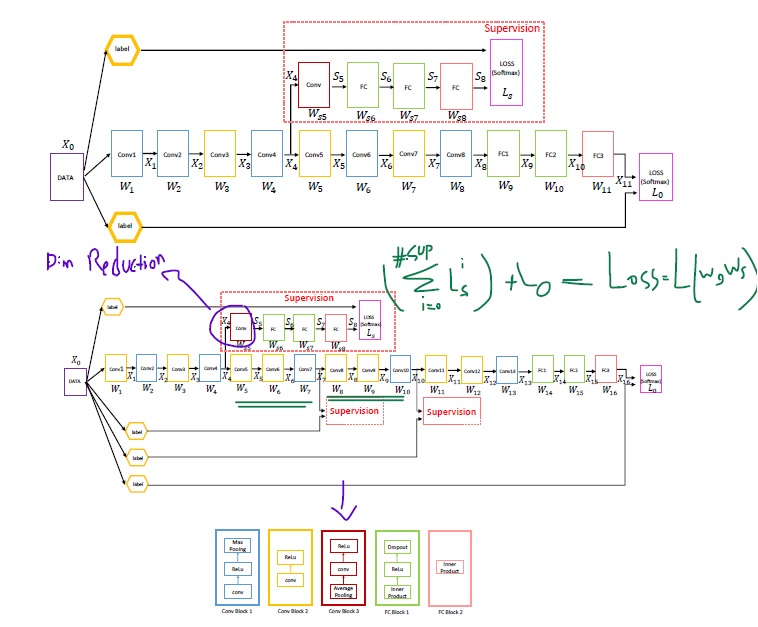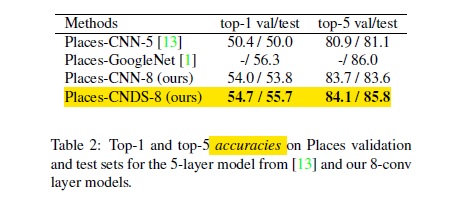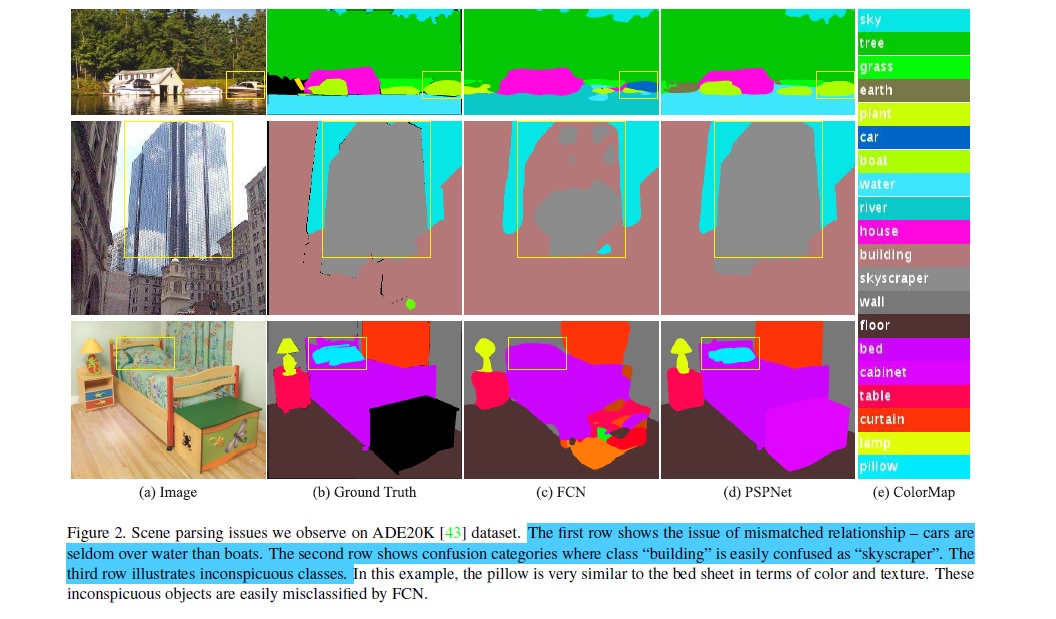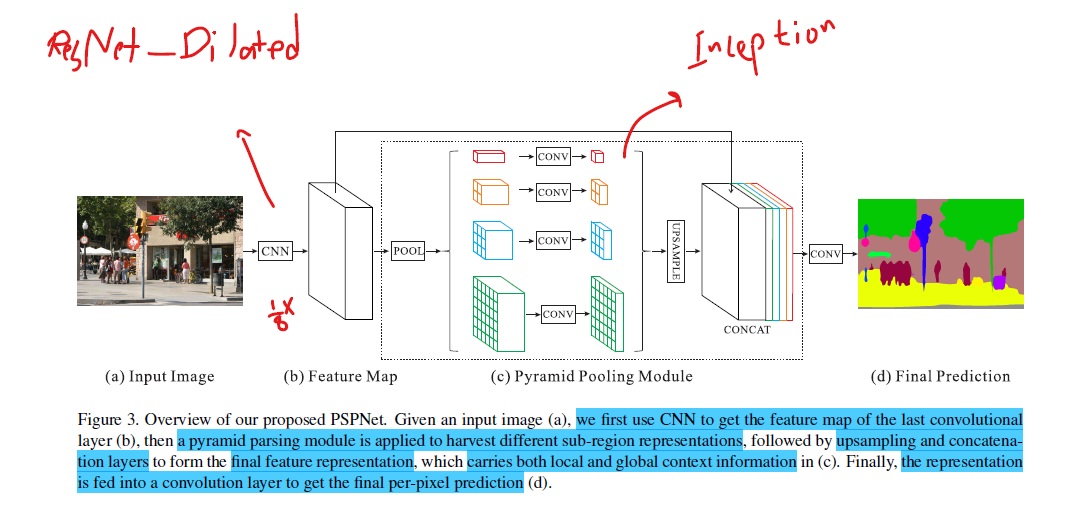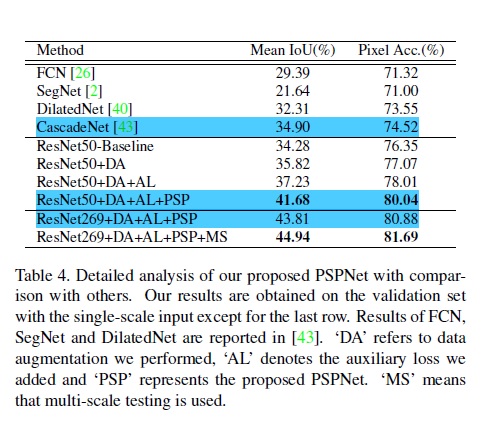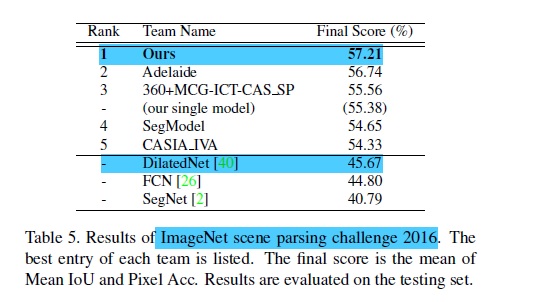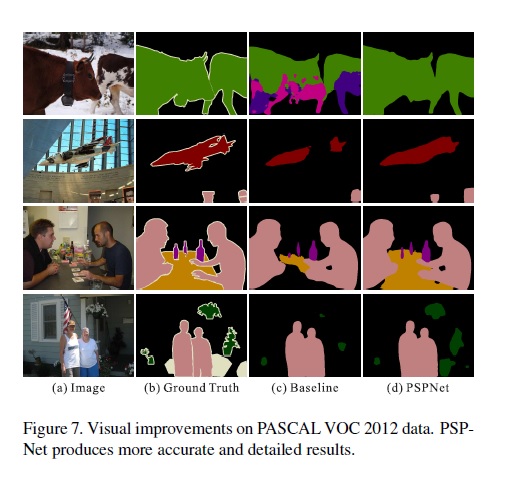Note I have cloned the official PyTorch implementation and just added a function to merge most common classes to reduce number of classes from 150 to 25. I could not address this modification in the title of the repo.
Deep Residual Learning for Image Recognition link to paper
we address the degradation problem by
introducing a deep residual learning framework. Instead
of hoping each few stacked layers directly fit a
desired underlying mapping, we explicitly let these layers
fit a residual mapping. Formally, denoting the desired
underlying mapping as H(x), we let the stacked nonlinear
layers fit another mapping of F(x) := H(x)-x. The original
mapping is recast into F(x)+x. We hypothesize that it
is easier to optimize the residual mapping than to optimize
the original, unreferenced mapping. To the extreme, if an
identity mapping were optimal, it would be easier to push
the residual to zero than to fit an identity mapping by a stack
of nonlinear layers.
In our case, the shortcut connections simply
perform identity mapping, and their outputs are added to
the outputs of the stacked layers.
In the paper they show that:
- Our extremely deep residual nets are easy to optimize, but the counterpart “plain” nets (that simply stack layers) exhibit higher training error when the depth increases.
- Our deep residual nets can easily enjoy accuracy gains from greatly increased depth, producing results substantially better than previous networks.
Here is implementation structure they used in theirs paper
And they got this top-1 error rates:
Because we are using resnet101, residual blocks constructed over Bottleneck block. Here is the structure:
Dilated Residual Networks link to paper
We show that dilated residual networks (DRNs) outperform their non-dilated counterparts in image classification without increasing the model’s depth or complexity. We then study gridding artifacts introduced by dilation, develop an approach to removing these artifacts (‘degridding’), and show that this further increases the performance of DRNs. In addition, we show that the accuracy advantage of DRNs is further magnified in downstream applications such as object localization and semantic segmentation.
While convolutional networks have done well, the almost complete elimination of spatial acuity may be preventing these models from achieving even higher accuracy, for example by preserving the contribution of small and thin objects that may be important for correctly understanding the image.
The use of dilated convolutions can cause gridding artifacts.
So they introduced three methods to remove this artifacts. Here is the structure of them:
Here is comparison of differenet dilated resnets based on error rates
And you can see the accuracy of this model in semantic segmentation on cityscapes dataset:
A sample comparison:
Training Deeper Convolutional Networks with Deep Supervision link to paper
In order to train deeper networks, we propose to add auxiliary supervision branches after certain intermediate layers during training. We formulate a simple rule of thumb to determine where these branches should be added. The resulting deeply supervised structure makes the training much easier and also produces better classification results on ImageNet and the recently released, larger MIT Places dataset.
Illustration of our deep models with 8 and 13 convolutional layers. The additional supervision loss branches are indicated by dashed red boxes. Xl denote the intermediate layer outputs and Wl are the weight matrices for each computational block. Blocks of the same type are shown in the same color. A legend below the network diagrams shows the internal structure of the different block types.
Loss functions:
auxiliary loss
Note that this loss depends on W, not just Ws, because the computation of the feature map S8 involves the weights of the early convolutional layers W1; : : :W4. The combined loss function for the whole network is given by a weighted sum of the main loss L0(W) and the auxiliary supervision loss Ls(Ws):
where alpha-t controls the trade-off between the two terms. In the course of training, in order to use the second term mainly as regularization, we adopt the same strategy as in [6], where alpha decays as a function of epoch t (with N being the total number of epochs):
We train our deeply supervised model using stochastic gradient descent.
Here is top-1 and top-5 accuracies on places dataset:
Pyramid Scene Parsing Network link to paper
Link to implementation repository.
In this paper, we exploit the capability of global context information by different-regionbased context aggregation through our pyramid pooling module together with the proposed pyramid scene parsing network (PSPNet).
Our main contributions are threefold.
- We propose a pyramid scene parsing network to embed difficult scenery context features in an FCN based pixel prediction framework.
- We develop an effective optimization strategy for deep ResNet based on deeply supervised loss.
- We build a practical system for state-of-the-art scene parsing and semantic segmentation where all crucial implementation details are included.
Scene parsing issues:
feature maps in different levels generated by pyramid pooling were finally flattened and concatenated to be fed into a fully connected layer for classification. This global prior is designed to remove the fixed-size constraint of CNN for image classification. To further reduce context information loss between different sub-regions, we propose a hierarchical global prior, containing information with different scales and varying among different sub-regions. we call it pyramid pooling module for global scene prior construction upon the final-layer-feature-map of the deep neural network.
Here is the PSPNet structure:
The pyramid pooling module fuses features under four different pyramid scales. The coarsest level highlighted in red is global pooling to generate a single bin output. The following pyramid level separates the feature map into different sub-regions and forms pooled representation for different locations. The output of different levels in the pyramid pooling module contains the feature map with varied sizes. To maintain the weight of global feature, we use 1x1 convolution layer after each pyramid level to reduce the dimension of context representation to 1/N of the original one if the level size of pyramid is N. Then we directly upsample the low-dimension feature maps to get the same size feature as the original feature map via bilinear interpolation. Finally, different levels of features are concatenated as the final pyramid pooling global feature.
You can see the comparison of PSPNet with other models:
Also there is a result on ImageNet dataset:
Example of PSPNet"
The result of PSPNet and other methods on CityScapes dataset in semantic segmentation:
Repository of models link
Repository of pytorch implementation link
Please cite this porject as: Nikan Doosti. (2020). Nikronic/ObjectNet: DOI Release (v0.1-alpha). Zenodo. https://doi.org/10.5281/zenodo.3838620
